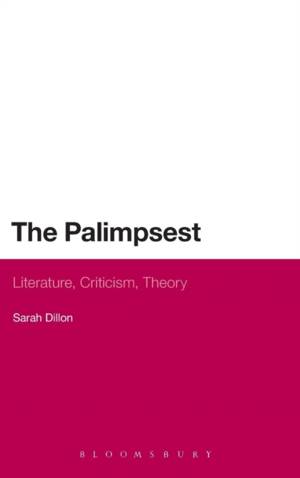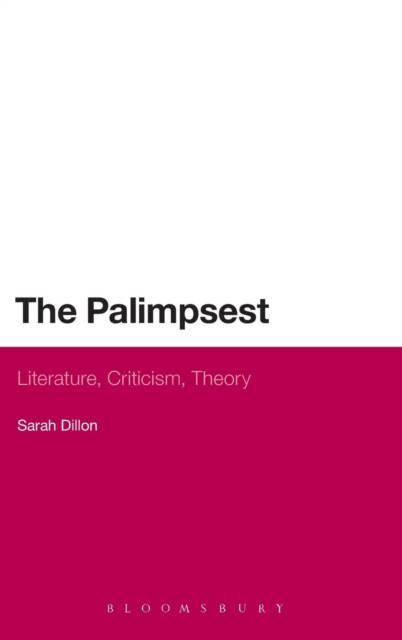
- Afhalen na 1 uur in een winkel met voorraad
- Gratis thuislevering in België vanaf € 30
- Ruim aanbod met 7 miljoen producten
- Afhalen na 1 uur in een winkel met voorraad
- Gratis thuislevering in België vanaf € 30
- Ruim aanbod met 7 miljoen producten
Zoeken
Omschrijving
Drawing together diverse literary, critical and theoretical texts in which the palimpsest has appeared since its inauguration by Thomas De Quincey in 1845, Palimpsest: Literature, Criticism, Theory provides the first ever genealogy of this metaphor. Sarah Dillon's original theorisation argues that the palimpsest has an involuted structure which illuminates and advances modern thought. While demonstrating how this structure refigures concepts such as history, subjectivity, temporality, metaphor, textuality and sexuality, Dillon returns repeatedly to the question of reading. This theorisation is interwoven with close readings of texts by D. H. Lawrence, Arthur Conan Doyle, Umberto Eco, Ian McEwan and H.D.Â
Clearly written, and negotiating a range of critical theories and modern literary texts, it provides a reference point and critical tool for future employment of the concept of 'palimpsestuousness', and makes a significant contribution to the debate surrounding the relationship between theoretical and critical writing on literature.
Clearly written, and negotiating a range of critical theories and modern literary texts, it provides a reference point and critical tool for future employment of the concept of 'palimpsestuousness', and makes a significant contribution to the debate surrounding the relationship between theoretical and critical writing on literature.
Specificaties
Betrokkenen
- Auteur(s):
- Uitgeverij:
Inhoud
- Aantal bladzijden:
- 176
- Taal:
- Engels
- Reeks:
Eigenschappen
- Productcode (EAN):
- 9780826495457
- Verschijningsdatum:
- 25/12/2007
- Uitvoering:
- Hardcover
- Formaat:
- Genaaid
- Afmetingen:
- 165 mm x 236 mm
- Gewicht:
- 417 g

Alleen bij Standaard Boekhandel
+ 678 punten op je klantenkaart van Standaard Boekhandel
Beoordelingen
We publiceren alleen reviews die voldoen aan de voorwaarden voor reviews. Bekijk onze voorwaarden voor reviews.








